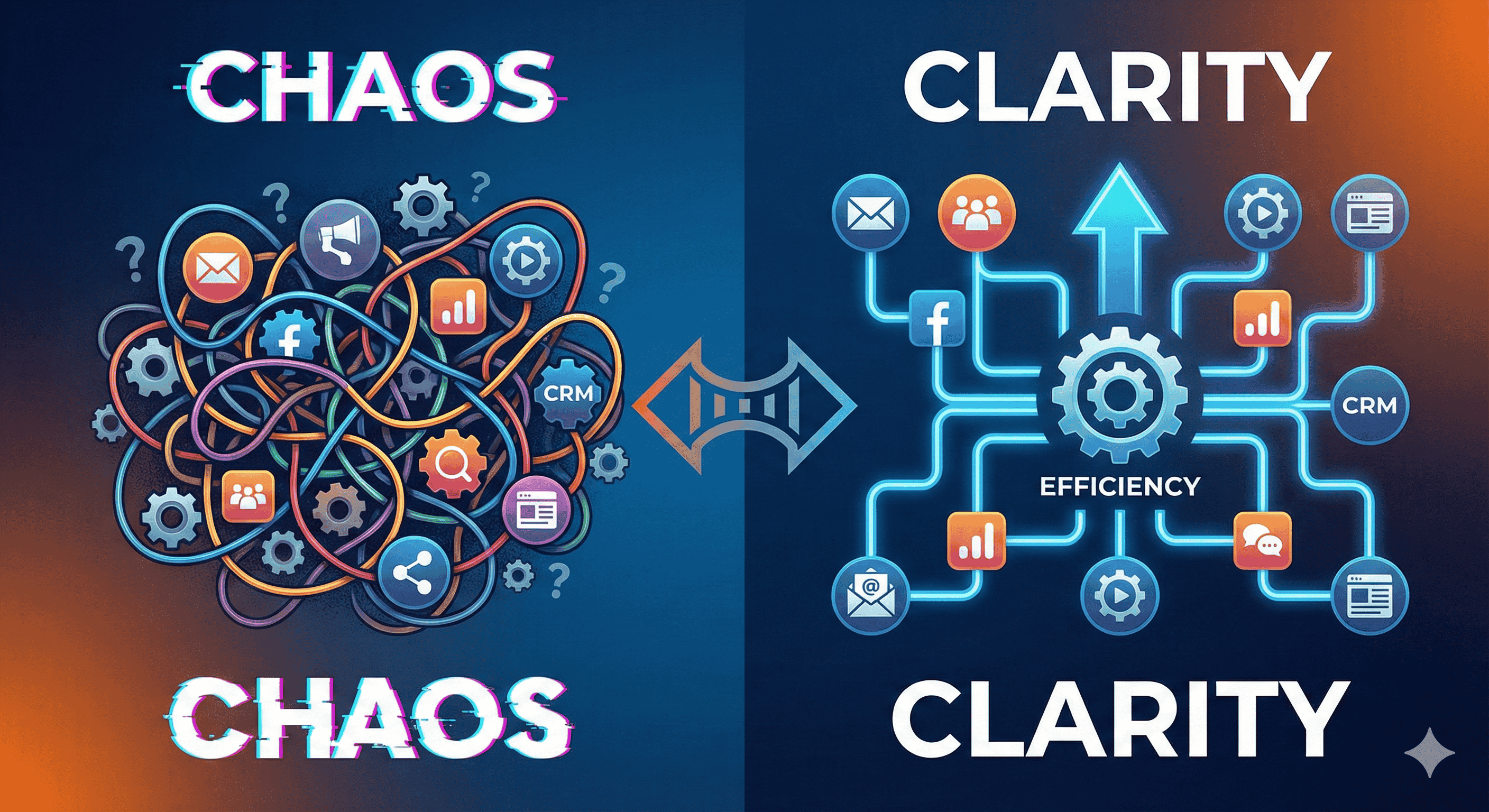In today’s fast-paced digital landscape, the right marketing software can be a game-changer for businesses of all sizes. With countless options available, navigating through the sea of software solutions can be overwhelming. This guide will help you understand what to look for in marketing software and how to choose the right tools that fit your business needs.
1. Understand Your Business Goals
Before diving into software options, it’s crucial to define your marketing objectives. Are you aiming to:
- Increase brand awareness?
- Generate leads?
- Improve customer engagement?
- Boost sales?
Understanding your goals will help you identify the specific features you need in a marketing software solution.
2. Identify Core Features
Different marketing tools offer various functionalities. Here are some core features to consider:
a. Customer Relationship Management (CRM)
A robust CRM system helps you manage interactions with current and potential customers, streamlining communication and improving customer relationships.
b. Email Marketing
Look for software that allows you to create targeted email campaigns, segment your audience, and analyze performance metrics.
c. Social Media Management
Choose software that enables you to schedule posts, track engagement, and analyze social media performance across multiple platforms.
d. SEO Tools
If improving your website’s search engine ranking is a priority, consider software that includes keyword research, backlink analysis, and performance tracking.
e. Analytics and Reporting
Data-driven decisions are key to effective marketing. Select tools that offer robust analytics and reporting capabilities to measure the success of your campaigns.
f. Automation
Marketing automation can save time and improve consistency. Look for tools that automate repetitive tasks, such as sending emails or nurturing leads.
3. Evaluate Ease of Use
The best marketing software should be user-friendly. A steep learning curve may hinder your team’s productivity. Look for tools with intuitive interfaces and ample support resources, like tutorials or customer service.
4. Integration Capabilities
Your marketing software should integrate seamlessly with other tools and platforms you currently use, such as CRM systems, e-commerce platforms, and content management systems. Verification of integration capabilities can ensure a streamlined workflow.
5. Budget and Pricing Structure
Determining your budget is essential in the selection process. Be aware of different pricing structures:
- Subscription-based: Monthly or yearly payments
- One-time fee: Lifetime access to the software
- Freemium model: Basic features for free, with paid upgrades available
Always weigh price against features and ensure the software provides good value for your investment.
6. Consider Scalability
As your business grows, so will your marketing needs. Choose software that can scale with your business—whether by adding new users, features, or other capabilities—to ensure long-term usability.
7. Read Reviews and Get Demos
Before making a final decision, read user reviews and case studies to get insights into how other businesses have benefited from the software. Many companies offer free trials or demos, allowing you to test the product before committing.
8. Customer Support and Resources
Reliable customer support is vital for any software solution. Look for vendors that offer multiple support channels—like chat, email, and phone—as well as extensive knowledge bases and community forums.
9. Stay Updated on Trends
The marketing software landscape is continually evolving. Stay informed about the latest trends, technologies, and updates to ensure your business leverages the best available tools.
Conclusion
Choosing the right marketing software for your business doesn’t have to be daunting. By defining your goals, identifying essential features, and evaluating usability and support, you can find a solution that helps you maximize your marketing efforts and grow your business effectively. With the right tools in hand, you’ll be well on your way to achieving your marketing objectives.







